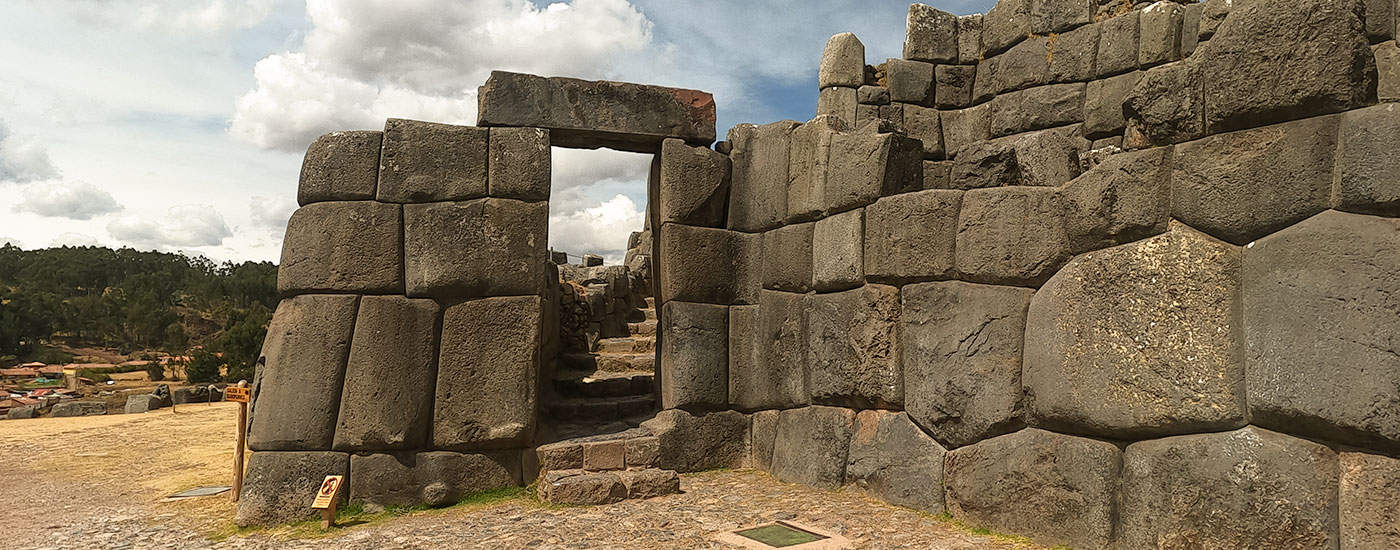
Sacsayhuaman

Sacsayhuamán is a magnificent Inca archaeological site located just outside the city of Cusco, Peru. Constructed in the 15th century, it served both ceremonial and military purposes, showcasing the architectural brilliance of the Inca Empire. The site is most famous for its massive stone walls made of huge limestone blocks, some weighing over 100 tons, precisely cut and fitted together without the use of mortar. Despite centuries of earthquakes and human destruction, the walls have remained intact, highlighting the ingenuity and resilience of Inca construction techniques.
The layout of Sacsayhuamán is often interpreted as the shape of a puma's head, an animal sacred to the Incas, with Cusco representing the body. The site also features open plazas, towers, and religious areas that were once used for rituals and festivals, particularly Inti Raymi, the Festival of the Sun, which is still celebrated there annually. Set on a hilltop, Sacsayhuamán offers sweeping views of Cusco and the surrounding valley. Its strategic location and monumental scale reflect both the spiritual and defensive importance of the site in Inca society.
Logistics:
Reaching Sacsayhuamán is relatively easy compared to other high-altitude hikes in Peru, making it accessible to most visitors. The site is located about 2 kilometers from Cusco’s historic center, and many travelers choose to walk from the city, which takes approximately 30 to 45 minutes uphill. The most popular walking route begins at the San Blas neighborhood and follows a scenic cobblestone path with views over Cusco. Though the trail is short, it can feel challenging due to the altitude (around 3,700 meters or 12,100 feet), so it’s wise to take it slow and stay hydrated.


